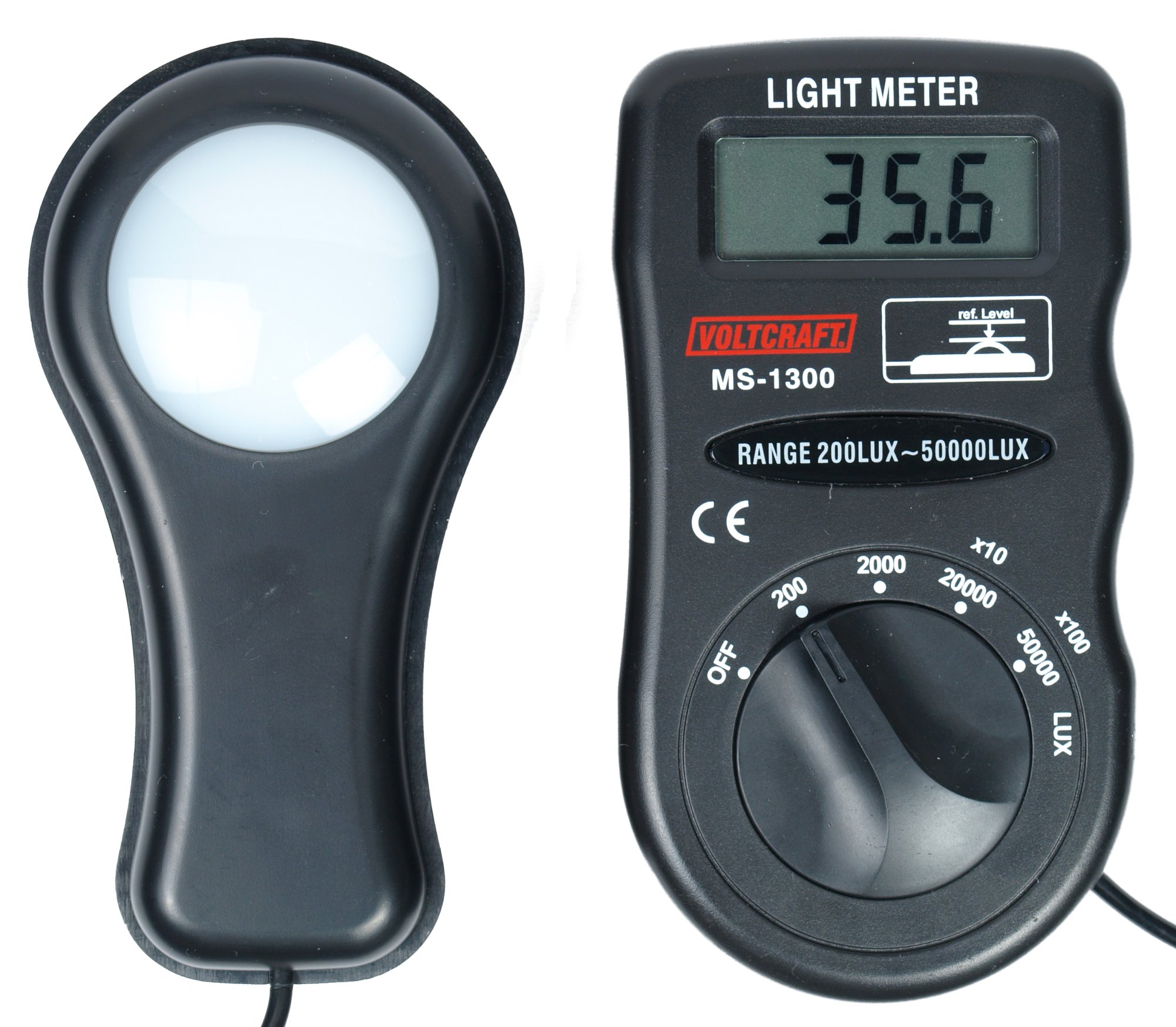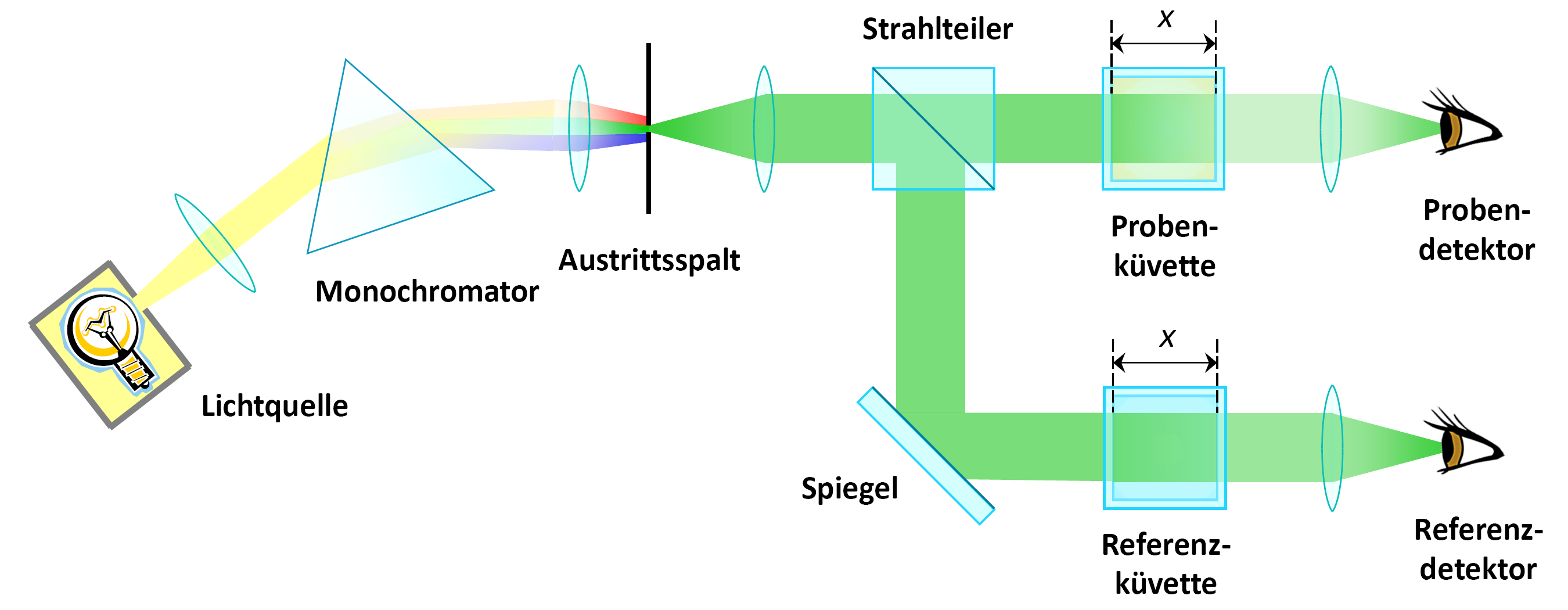Contents

Source: Wikipedia
Understanding Photometers: A Comprehensive Overview
Photometers for Radiometry
Photometers are essential instruments used to measure various properties of light. In radiometry, these devices help quantify physical characteristics of light and other forms of electromagnetic radiation, regardless of their visibility to the human eye. Radiometric photometers can measure quantities such as irradiance (optical intensity) and radiant flux (optical power) across different wavelengths, including infrared and ultraviolet light.
For accurate measurements, photodetectors with flat spectral responses are crucial, ensuring consistent responsivity over the relevant wavelength range. In cases where a photodetector lacks a flat response, optical filters can be used to achieve the desired spectral sensitivity.
Additionally, photometers play a vital role in assessing optical properties of objects, such as transmittance, reflectance, and light scattering. These measurements are crucial for various applications, including determining the concentration of absorbing substances in liquid samples using principles like the Beer–Lambert law.
Photometers for Photometry
In photometry, photometers are used to evaluate the perceived brightness of light. Key quantities of interest include total luminous flux, illuminance (luminous flux incident on a surface per unit area), and luminous intensity. These measurements are weighted based on the sensitivity of the human eye to different wavelength components, as captured by luminosity functions.
Similar to radiometric measurements, photometric assessments of broadband light sources require photodetectors with wavelength-dependent responsivity. By incorporating optical filters that mimic the human eye’s luminosity function, photometers can accurately capture the perceived brightness of light sources.
Common applications of photometers include determining illuminance levels in work environments and measuring the total luminous flux emitted by light sources. For instance, maintaining around 500 lux on office desks is recommended for optimal working conditions. Comparatively, full sunlight typically provides approximately 100,000 lux.
Spectrally Resolved Measurements
Spectrophotometers and spectrometers are instrumental in conducting spectrally resolved measurements. Spectrophotometers assess the wavelength-dependent reflection or transmission properties of objects, while spectrometers analyze the optical spectra of light sources. For color-specific data, colorimeters can be employed as a more focused alternative to spectrophotometers.
Conclusion
Photometers play a crucial role in quantifying both radiometric and photometric properties of light, enabling precise measurements of various characteristics essential for a wide range of applications. By understanding the principles and applications of photometers, researchers and professionals can effectively analyze and manipulate light for diverse purposes.

Source: Spektren der Erde
Feel free to comment your thoughts.



